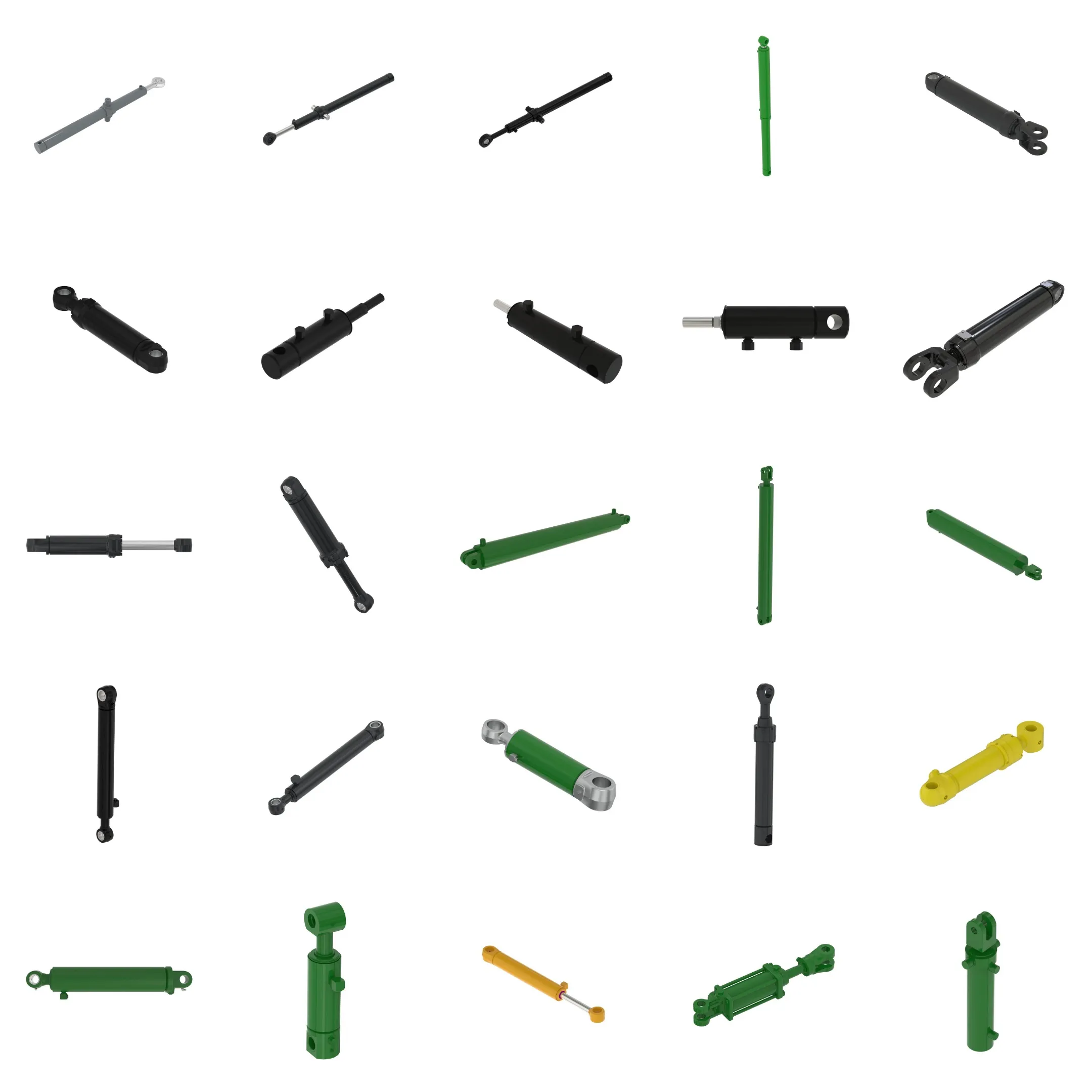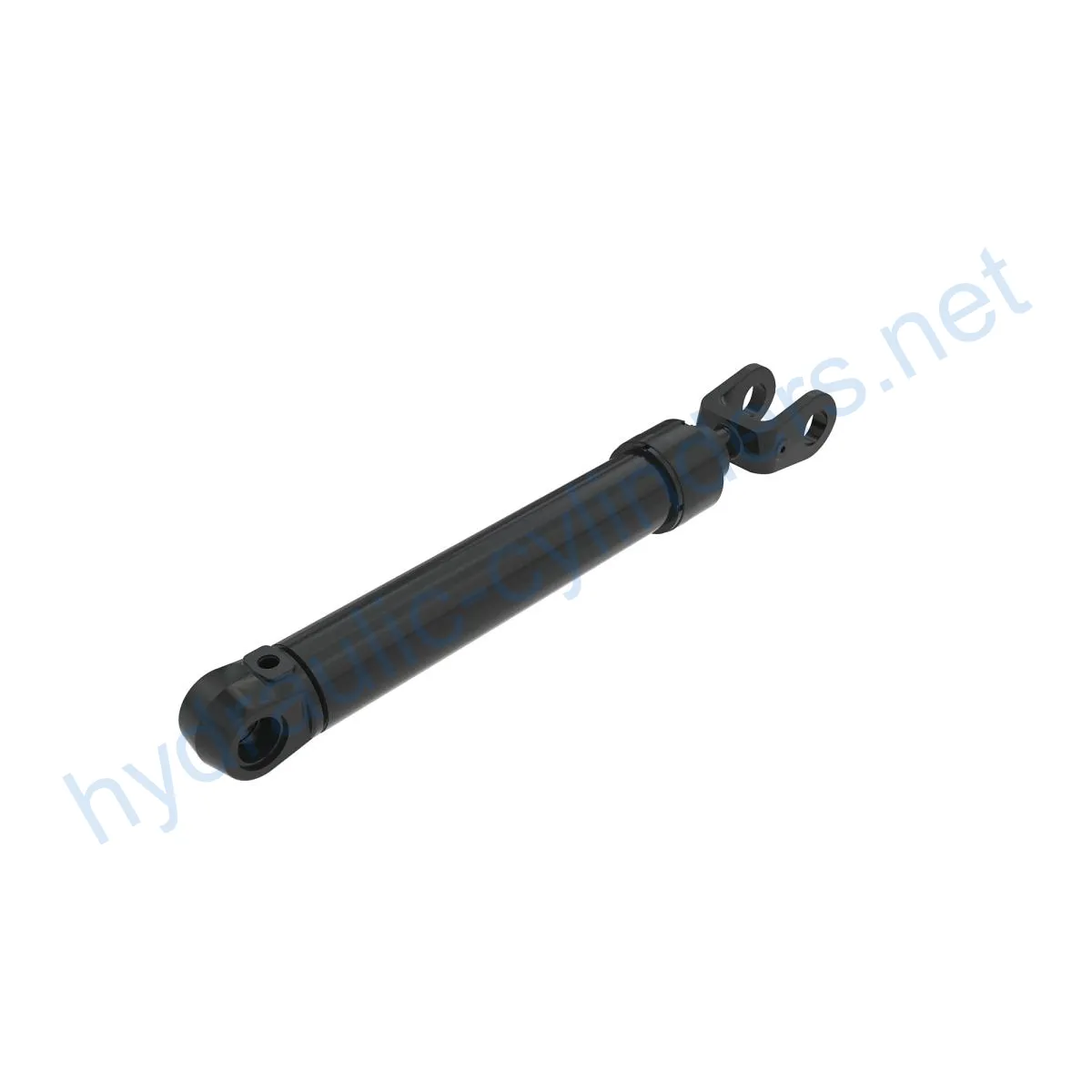Replacement Of AHC14247 Hydraulic Cylinder
Kot eden od proizvajalcev, dobaviteljev in izvoznikov hidravličnih cilindrov ponujamo hidravlične cilindre in številne druge izdelke.
Za podrobnosti se obrnite na nas.
Pošta:sales@hydraulic-cylinders.net
Proizvajalec, dobavitelj in izvoznik hidravličnih cilindrov.
Replacement Of AHC14247 Hydraulic Cylinder
Hydraulic cylinders play a crucial role in various industrial applications, providing the necessary force to move heavy machinery and equipment. The Replacement Of AHC14247 Hydraulic Cylinder is a high-quality and reliable solution for replacing damaged or worn-out hydraulic cylinders. With a weight of 288.605 lb, a height of 9.5 in, and a length of 61 in, this hydraulic cylinder is designed to meet the specific requirements of the 644K and 724K models.
Product Specifications and Models
- Weight: 288.605 lb
- Height: 9.5 in
- Length: 61 in
Designed specifically for the 644K and 724K models, this hydraulic cylinder ensures optimal performance and efficiency in various applications.
Product Features
- Improved Equipment Performance: Replacing damaged or worn hydraulic cylinders can restore the normal operational capabilities of equipment, ensuring optimal performance in various applications.
- Enhanced Safety: Regularly replacing hydraulic cylinders reduces the safety risks associated with cylinder failures, ensuring the safety of operators and equipment.
- Overload Protection: The new cylinder design typically includes better overload protection mechanisms, improving overall safety.
- Quick Installation: Modern hydraulic cylinders are designed for easy installation and replacement, minimizing downtime.
- Standardized Components: Many hydraulic cylinders are standardized products, making it easier to obtain replacement parts in the market.
We offer the perfect replacement for these hydraulic cylinders and can produce this product to meet your specific needs.
Applications
- Excavators: The hydraulic cylinder may need replacement on the arm or bucket of an excavator due to long-term use or overload, to restore normal operation.
- Cranes: The boom hydraulic cylinder of a crane is susceptible to wear and tear during frequent lifting and lowering, requiring regular replacement to ensure safety.
- Tractors: The front-end loader hydraulic cylinder of a tractor may experience leaks or performance degradation during continuous lifting and tilting operations, necessitating replacement.
- Harvesters: Hydraulic systems in harvesters operate under high pressure, and cylinders may undergo fatigue, requiring timely replacement to maintain efficiency.
- Automated Production Lines: Hydraulic cylinders are used to control robotic arms and other automated equipment. Cylinder failure can significantly impact production efficiency and should be promptly replaced.
These are just a few examples of the diverse range of applications where the Replacement Of AHC14247 Hydraulic Cylinder can be utilized.
Maintenance Tasks
- Regular inspections
- Proper lubrication
- Seal replacements
- Calibration checks
Regular maintenance is crucial to ensure the longevity and optimal performance of the hydraulic cylinder. Proper installation, lubrication, and adjustment are essential during the installation process. Providing guidance on aligning the cylinder correctly and recommending the use of appropriate installation supports to secure the cylinder can enhance its lifespan. We also offer inspection, repair, and replacement services to help extend the life of your hydraulic cylinder.
Safety Considerations and Environmental Factors
When using hydraulic cylinders, it is important to follow safety measures to prevent accidents and ensure the well-being of operators and equipment. Proper handling and adherence to safety protocols are imperative when working with hydraulic systems. This includes using appropriate personal protective equipment and following established procedures for maintenance and operation.
Troubleshooting and Common Issues
Hydraulic cylinders may encounter various issues that can affect their performance. Some common problems include leaks, insufficient force, and abnormal cylinder movement. To diagnose and address these issues effectively, consider the following troubleshooting tips:
- Inspect the hydraulic system for any visible leaks.
- Check the pressure and fluid level to ensure they meet the recommended specifications.
- Examine the cylinder for wear or damage, such as bent rods or worn seals.
- Ensure proper alignment and connection of the cylinder.
- If the issue persists, consult with a professional for further assistance.
By following these troubleshooting techniques and implementing preventive measures, you can minimize potential problems and ensure the smooth operation of your hydraulic cylinder.

Design Considerations and Selection Criteria
When selecting a hydraulic cylinder, several design considerations are crucial to ensure optimal performance:
- Load-Bearing Capacity: The hydraulic cylinder should be selected based on its ability to handle the required load without compromising its structural integrity.
- Sealing and Durability: The use of high-quality sealing components, such as piston seals and rod seals made of wear-resistant materials like polyurethane or nitrile rubber, ensures long-term performance.
- Safety: Hydraulic cylinders should be designed with safety features, such as overload protection mechanisms, to prevent accidents and equipment damage.
- Maintenance: Consider cylinders that are designed for ease of maintenance, with features like finely treated cylinder bodies and threaded ends to enhance wear resistance and simplify servicing.
Sealing and Lubrication
Hydraulic cylinders require proper sealing and lubrication to ensure optimal performance and longevity. The use of various sealing components, such as piston seals and rod seals, made of durable materials, helps prevent leakage and maintain the integrity of the system. Additionally, it is important to regularly lubricate the cylinder with the appropriate hydraulic oil to minimize friction and ensure smooth operation.
Regular Inspections and Preventive Maintenance
Regular inspections and preventive maintenance are essential to maintain the performance and reliability of hydraulic cylinders. It is crucial to follow proper installation, lubrication, and adjustment procedures. Providing proper guidance on aligning the cylinder correctly, recommending the use of appropriate installation supports, and suggesting inspection, repair, and replacement procedures can help prolong the lifespan of your hydraulic cylinder and maximize its efficiency.
Installation Guide
Proper installation is crucial to ensure the optimal performance and longevity of the hydraulic cylinder. Follow these steps for a successful installation:
- Prepare the mounting area and ensure it is clean and free from debris.
- Position the cylinder in the correct location and align it according to the manufacturer’s specifications.
- Secure the cylinder using appropriate mounting brackets or supports to ensure stability.
- Connect the hydraulic hoses or pipes according to the system requirements.
- Check for any leaks and perform a test operation to verify the cylinder’s functionality.

Take a Tour of Our VR Factory:
Take a tour of our VR factory with the following
Hydraulic Cylinder Application:


